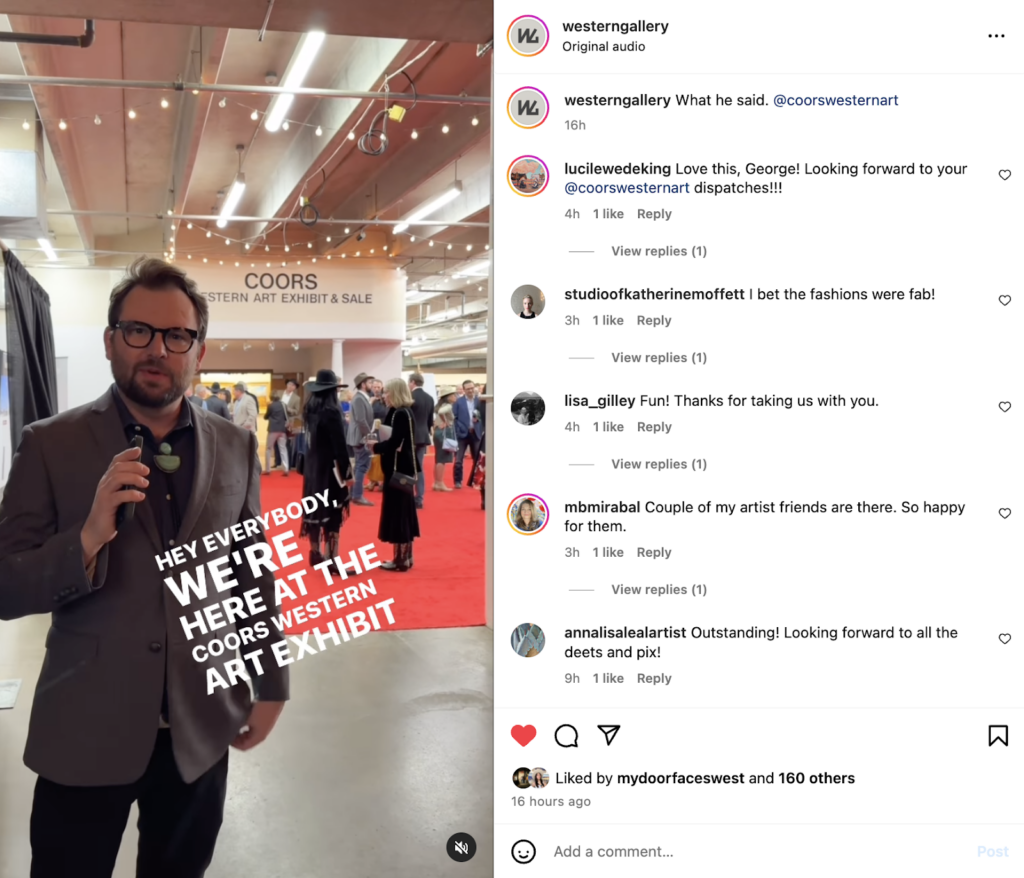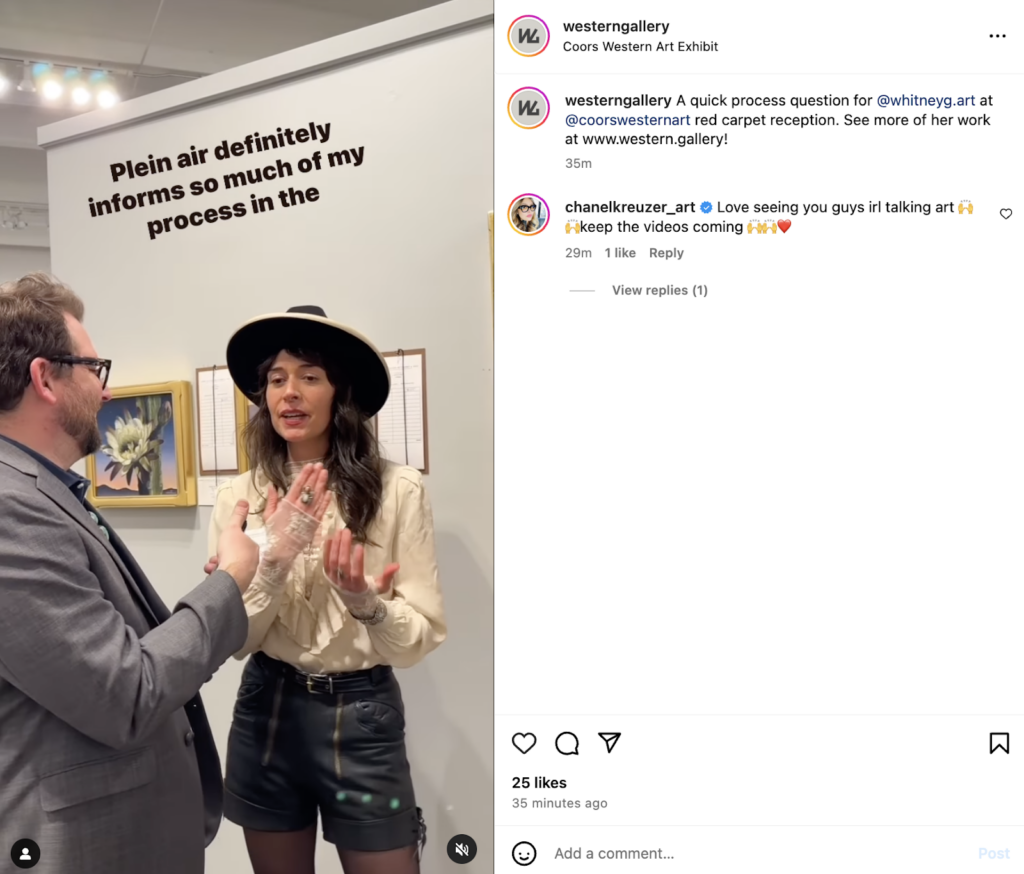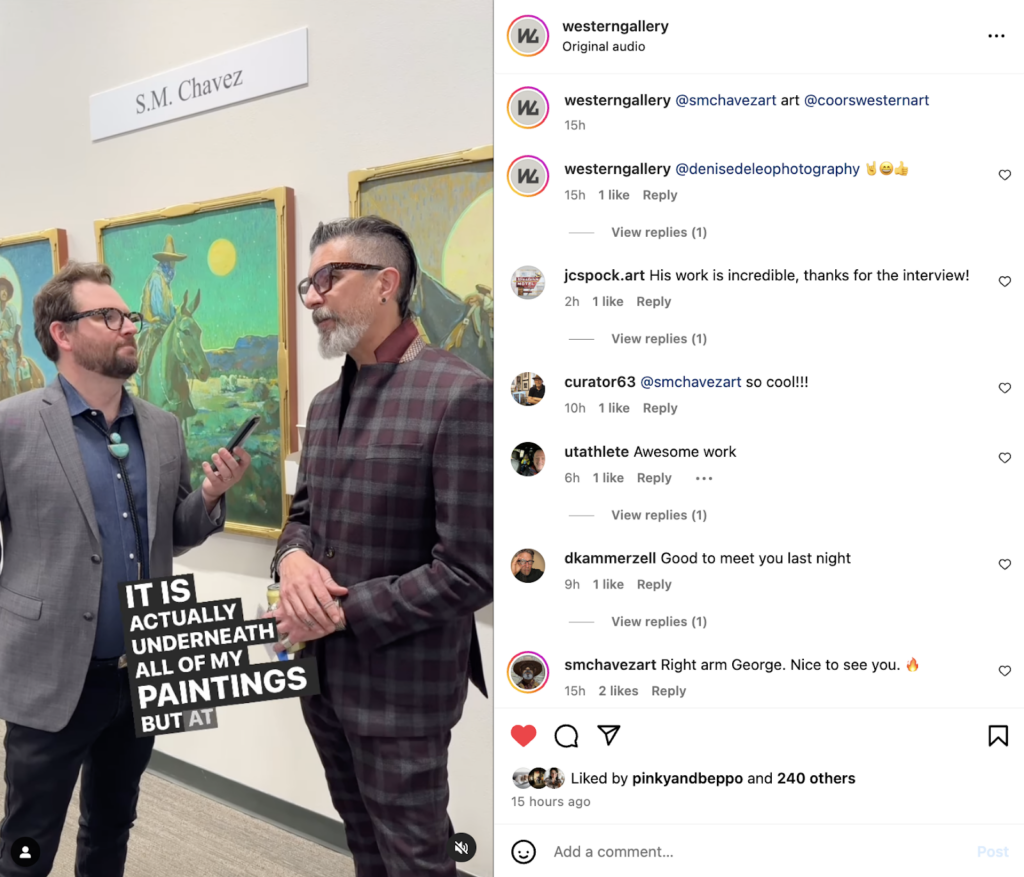Lately I’ve been offering to tag along on people’s speaking gigs and work trips as a way to spark more serendipity in my life. Which is how I found myself in Denver last weekend.
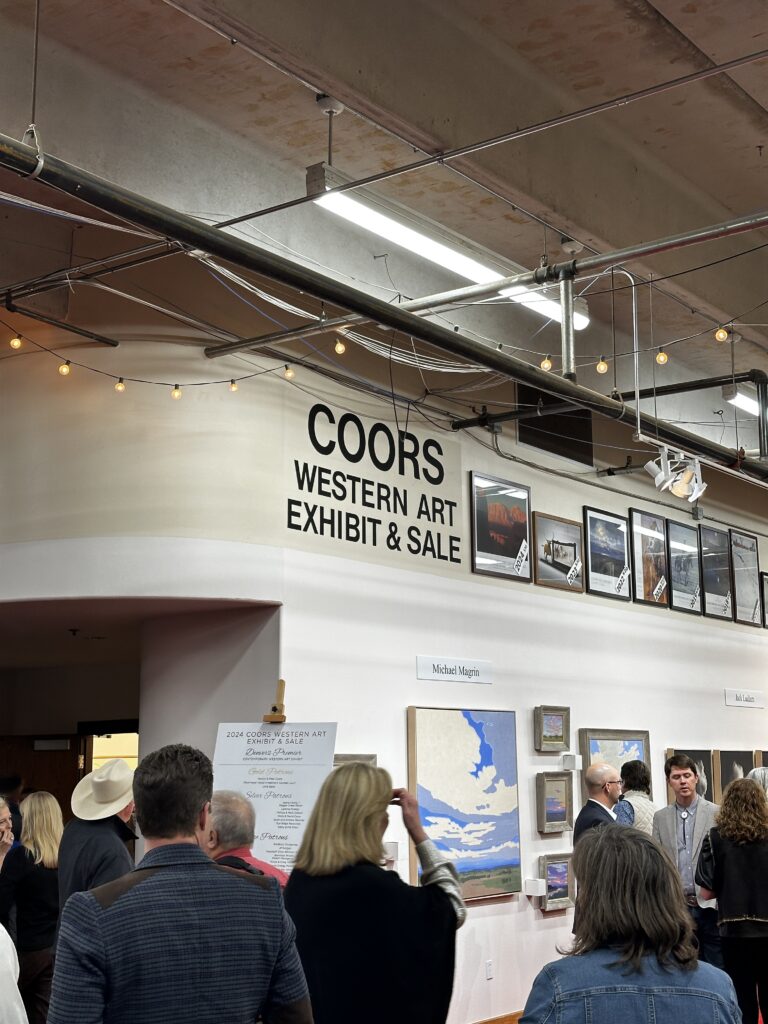
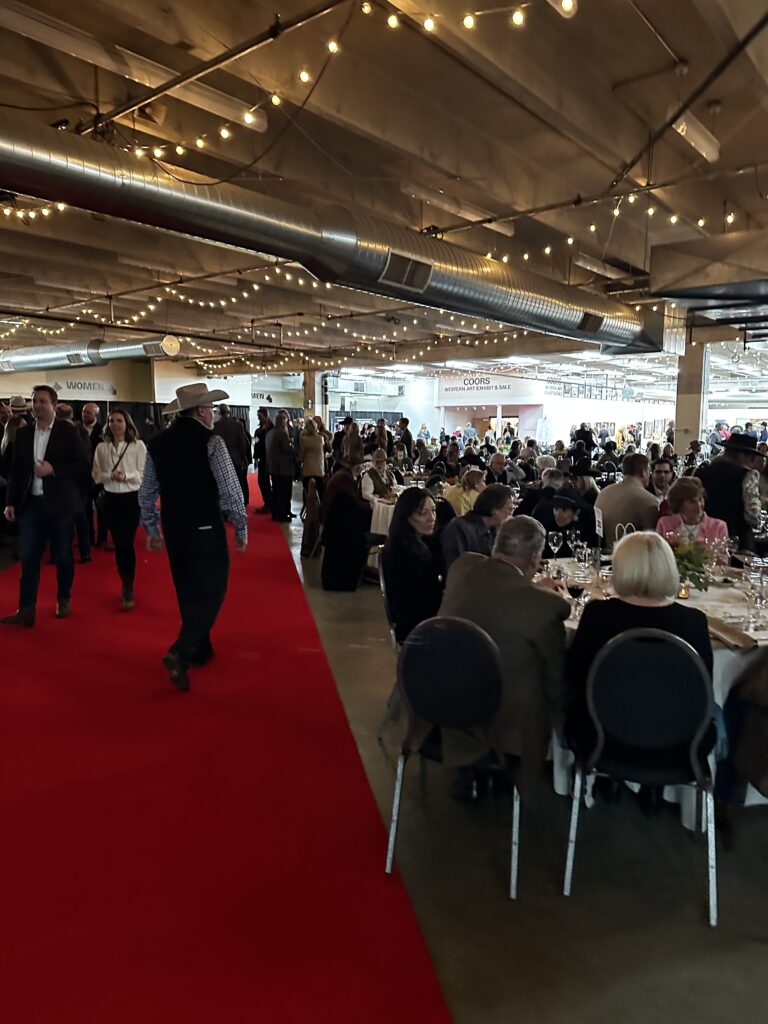
The top of the staircase led us to a gaggle of women in floor-length sequined dresses and cowboy hats. Big smiles shined through heavy makeup. This was the greeting committee for the Coors Western Art Exhibit, one of the biggest western art shows in the country.
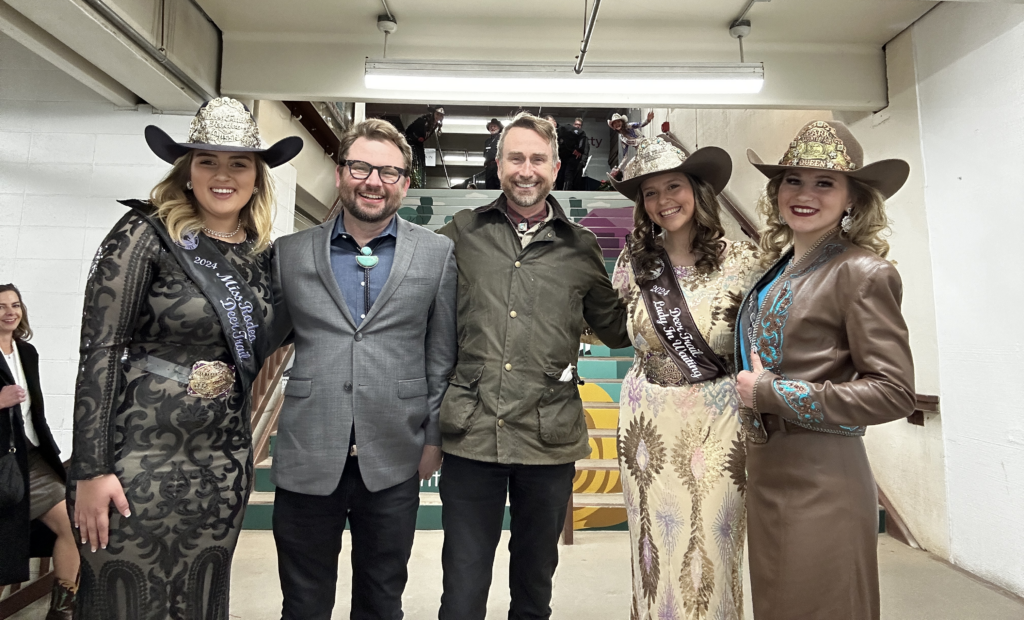
The warm country welcome captured my feelings about attending this event. As a twenty-year Texan, I love western art, Texas mythos, and cowboy stuff. So much so that I sit on the board of Western Gallery, an Austin-based online-first gallery celebrating the art of the American West.
“Board member” is a fancy way of saying I advise on the business side of the organization (Art galleries have brutal economics that I am attempting to improve). I volunteered to come on this trip, however, in a different capacity: capture footage of gallery owner George interviewing artists.
The venue was a massive floor of an expo center covered in cowboy hats, rhinestones, and fringe. George trotted off to find some of the seven artists he’s worked with showing at the exhibit. So I wandered.
The first artist to catch my eye was Jack Ludlum, who takes pictures of clouds:

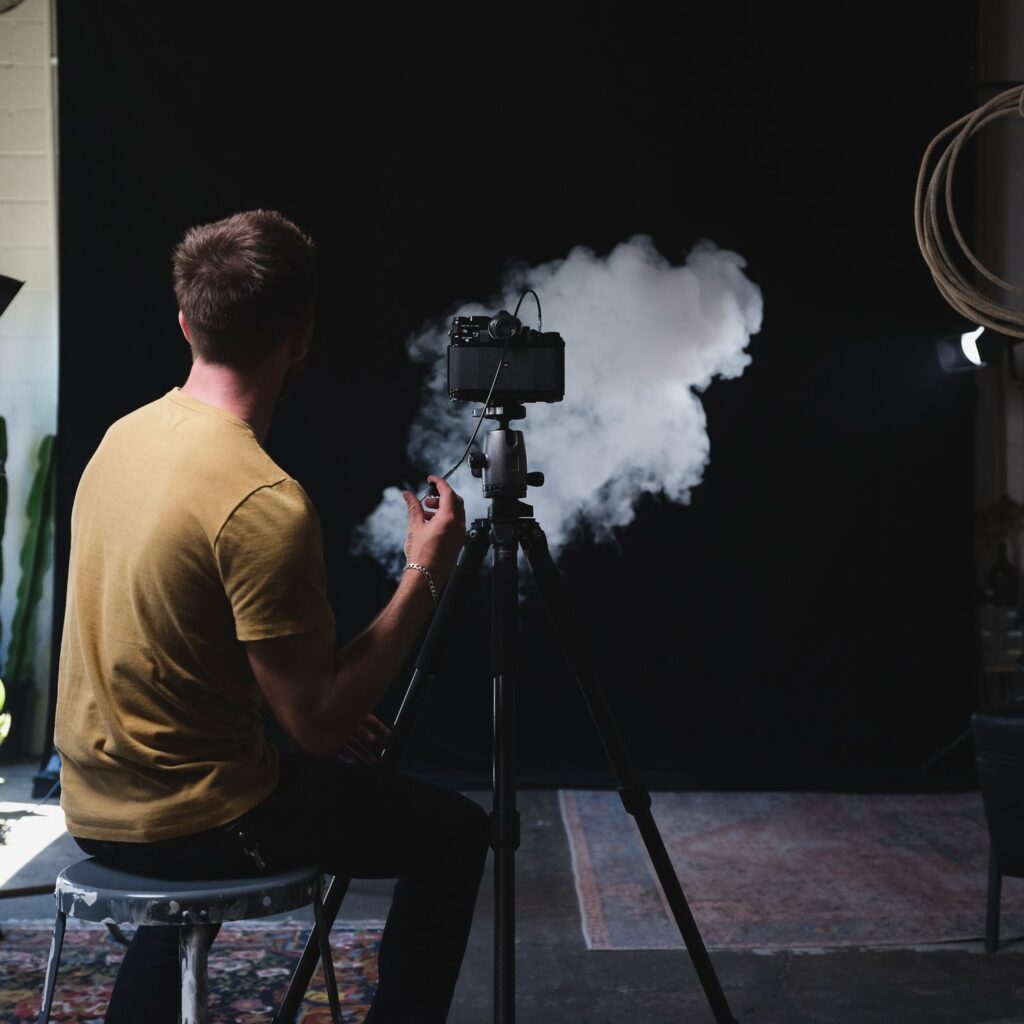
He wakes up at 3:30 in the morning—colder hours make for better fog machine performance—and takes pictures of the output. He then prints these out and overlays charcoal and acrylic to give each piece grit, texture, and depth.
At dinner, I was seated next to J.P. Boudreau, a gallery owner representing Joseph McGurl, the featured artist of the show (“Featured artist” means that the Coors Western Art recognized him as the superstar of the exhibit. 15 of his works adorned the walls).
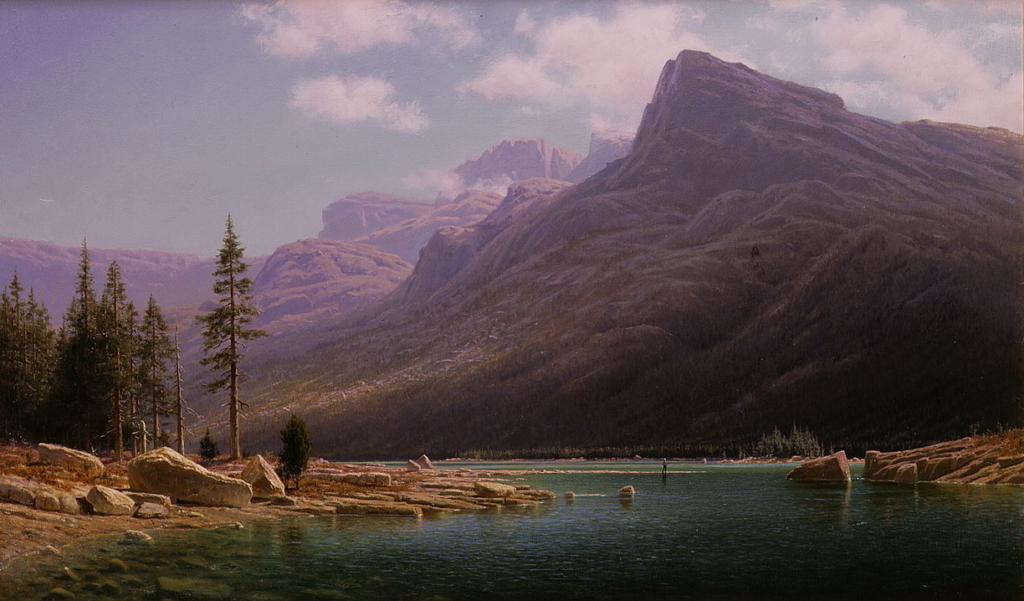
Given J.P. was seated next to me and couldn’t escape, I grilled him about how an art gallery can make money. He told me to court the whales, i.e. woo ultra-high net worth individuals and make them pay for the privilege of getting access to the best pieces before they are made available to the public.
“How do you do that?” I asked.
“Networking, business development, going to galas and events. People-stuff.”
That felt vague. I kept pushing.
“How do you do that?” I asked, starting to sound like a five year old.
“Smile when they walk into your gallery,” he said.
“How do you discern the whales from everyday people?”
“You develop a knack for recognizing them over time.”
So there you have it. Set your gallery up in a high foot traffic area and chat up the people who walk through the door. This is the first step to getting high network individuals into art buyers for your gallery.
Somehow I think it’s more complicated than that.
Street Interviews
George invited me on the trip to help his gallery grow. We did this in straightforward ways like networking and relationship-building. But my primary role was to drive awareness of George’s gallery beyond the art show. We did this by filming street interviews for social media, i.e. spur-of-the-moment chats filmed in a run-and-gun style.
We brought literally zero gear on this trip. Our only equipment was two iphones: one for the camera, one as a hand-held microphone.
More Pics
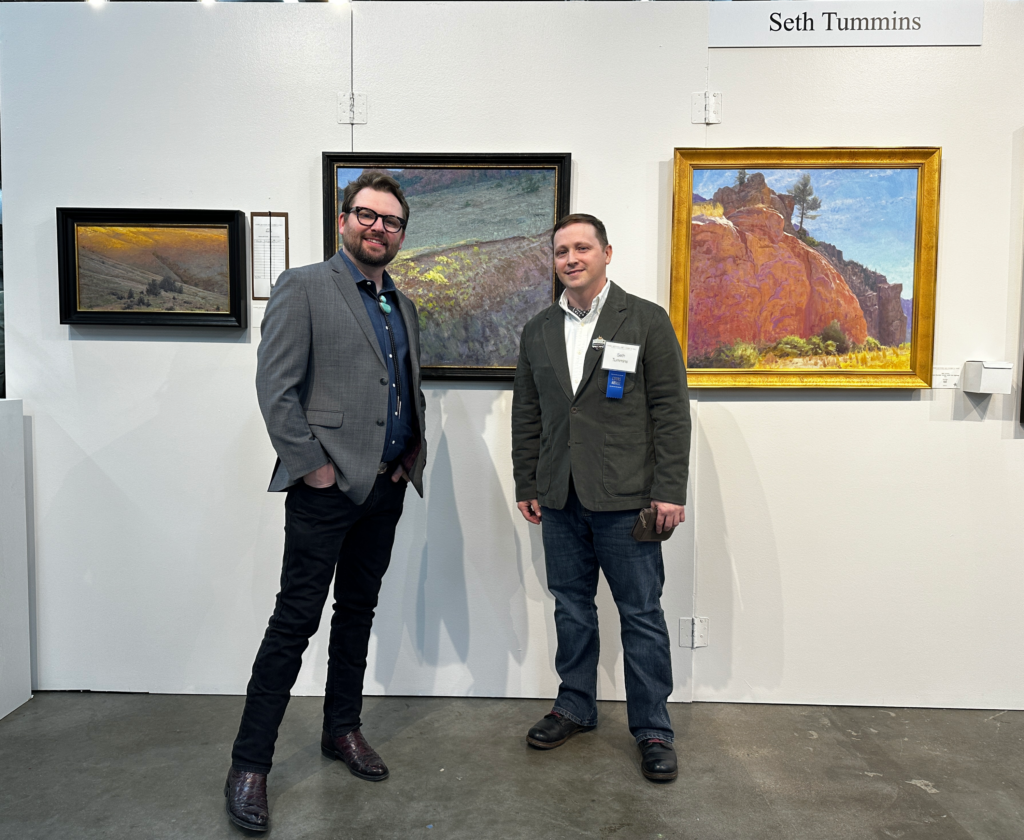
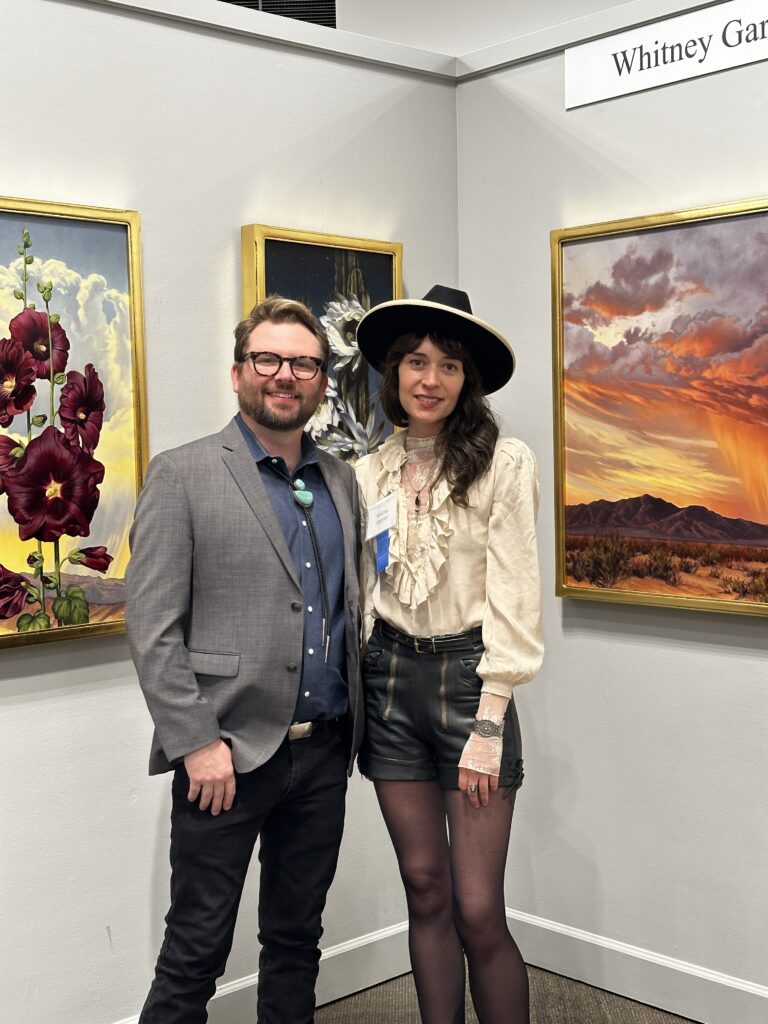
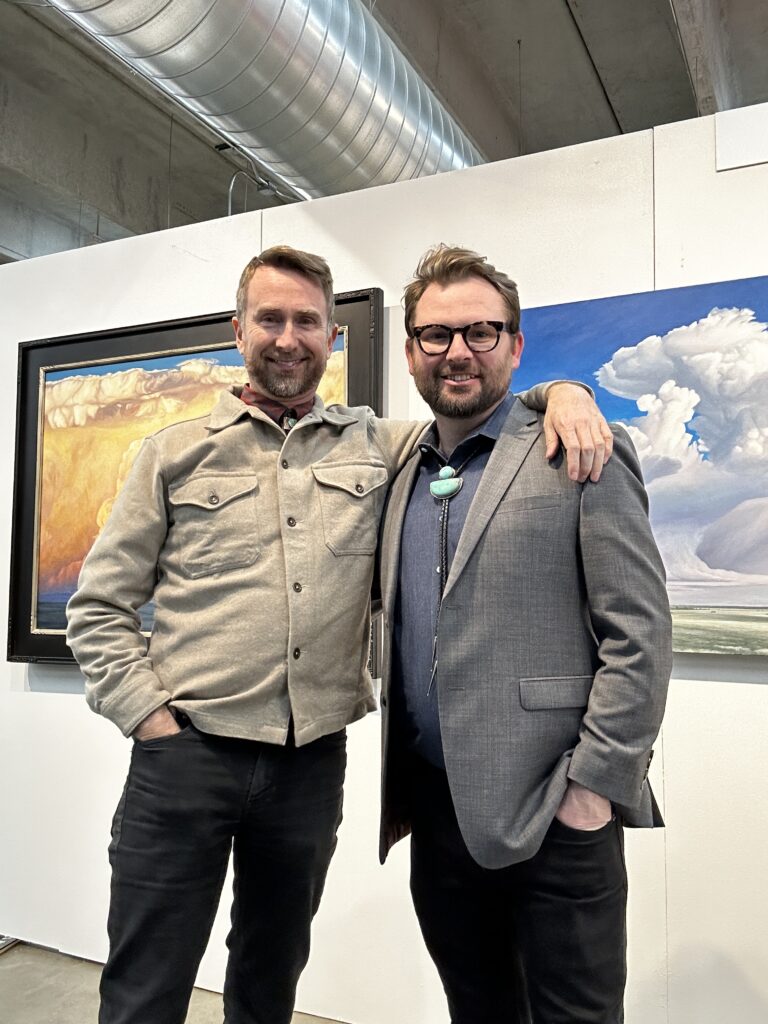
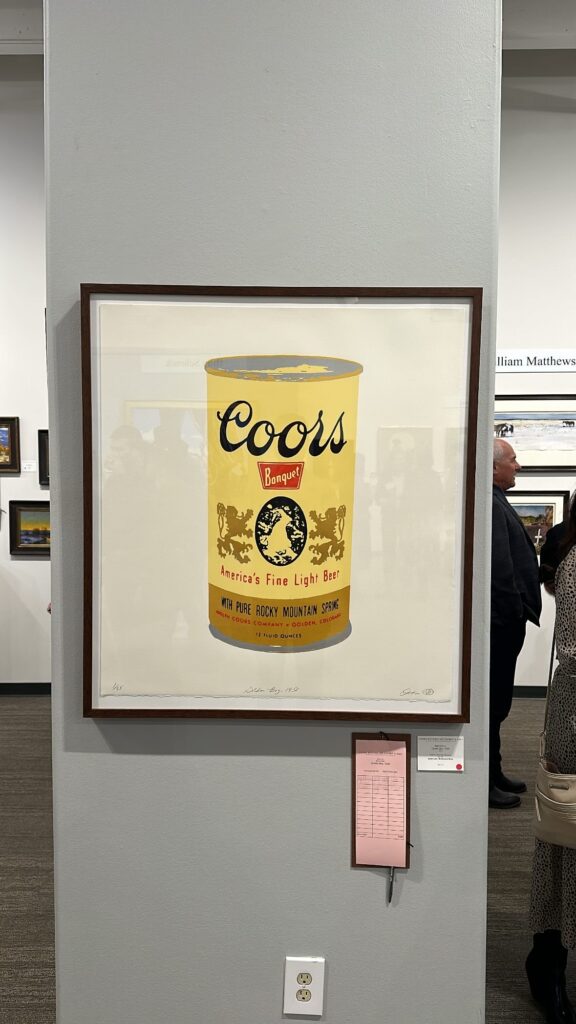
Thanks to George, Western Gallery, and Coors for the invitation.
Coda: If you’re giving a talk, running an education program, or traveling for something that could use someone to work the room, support you as a bagman, or facilitate interviews, give me a shout. I’m in a phase of just saying yes to things these days.

